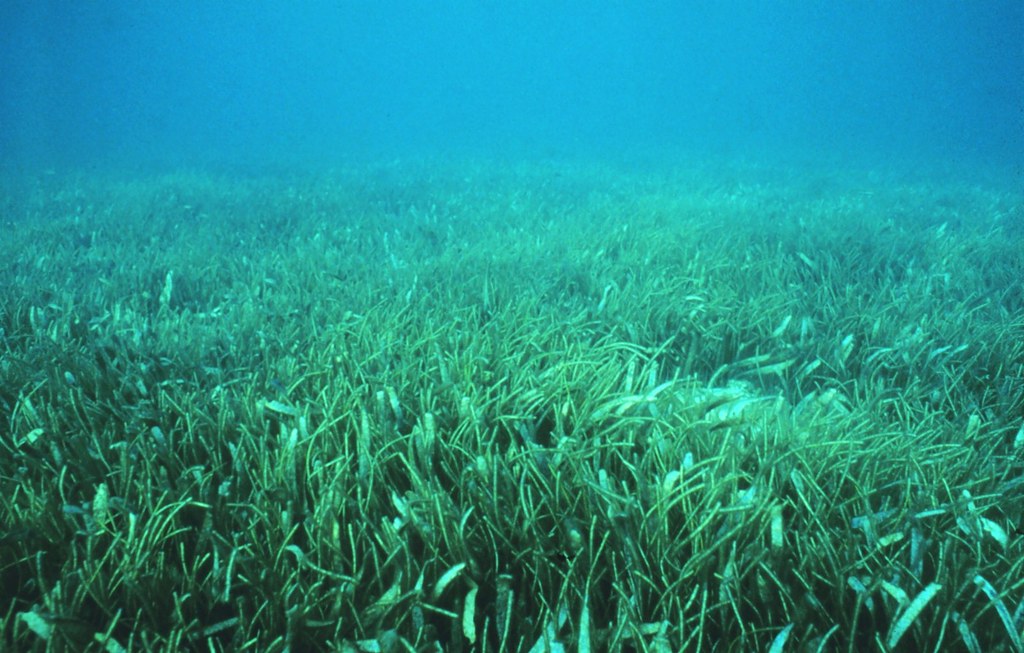New York’s underwater forests are in danger. A vital component of the marine ecosystem, they are facing an alarming decline. Pollution and extreme weather events have been identified as the primary culprits behind the disappearance of these submerged habitats.
The New York State Department of Environmental Conservation has documented the sharp drop of seagrass, which scientists call submerged aquatic vegetation, since 1997. Seagrass forests beneath the Hudson River are key indicators of the waterway’s health — but the dense underwater fields have shrunk by more than 40% over the past two decades. Research has found that the Long Island Sound and the Jersey Shore are suffering a similar decline.
These underwater forests, composed mainly of seagrass, play a crucial role in maintaining marine biodiversity, acting as nurseries for various fish species and as feeding grounds for turtles and other marine life. The loss of these habitats not only disrupts the ecological balance but also affects carbon storage, as these areas can sequester large amounts of carbon, helping to mitigate climate change effects.
Efforts to preserve and restore these underwater forests are critical, as they also provide natural defense against coastal erosion and storm surges, protecting shorelines and potentially saving human lives and property. The situation underscores the need for sustainable environmental practices and increased awareness of the interconnectedness of terrestrial and marine ecosystems.
George Jackman, habitat restoration manager at the advocacy group Riverkeeper, likened the aquatic vegetation to a forest. “They’re equivalent to trees in a landscape, and when you have a forest, it becomes a refuge for a wide variety of creatures,” he said.
“All these little fish need protection from big fish,” Jackman said. “There’s no free lunch in nature and predators are always on the prowl and prey species are always in danger of being eaten. They have to find cover and find protection.”
Waterfowl also use the long and wavy grasses as a habitat and feeding ground. Ducks rely on water celery for food. Wading birds, such as snowy egrets and great blue herons, also feast on the aquatic vegetation at low tide.
“[Seagrass] creates diversity, niche space, and it allows for collections of species to thrive there collectively and provides refuge protection, oxygen, absorbs carbon dioxide, filters, sediments,” Jackman said. “You couldn’t have a more perfect machine and that’s what plants do: They provide the foundation for a lot of our ecosystems.”
Conservation efforts to remedy or at least slow down the decline, are still in the early stages. One experimental method includes transplanting grass harvested from healthy waterways, though the strategy has had mixed results. The state Department of Environmental Conservation plans to begin rearing seagrass in greenhouses that will then be planted in the Hudson River.
By the end of this year, the agency will release an updated map for the river’s submerged aquatic vegetation. It’s expected to reveal the extent of the underwater forest’s decline.












